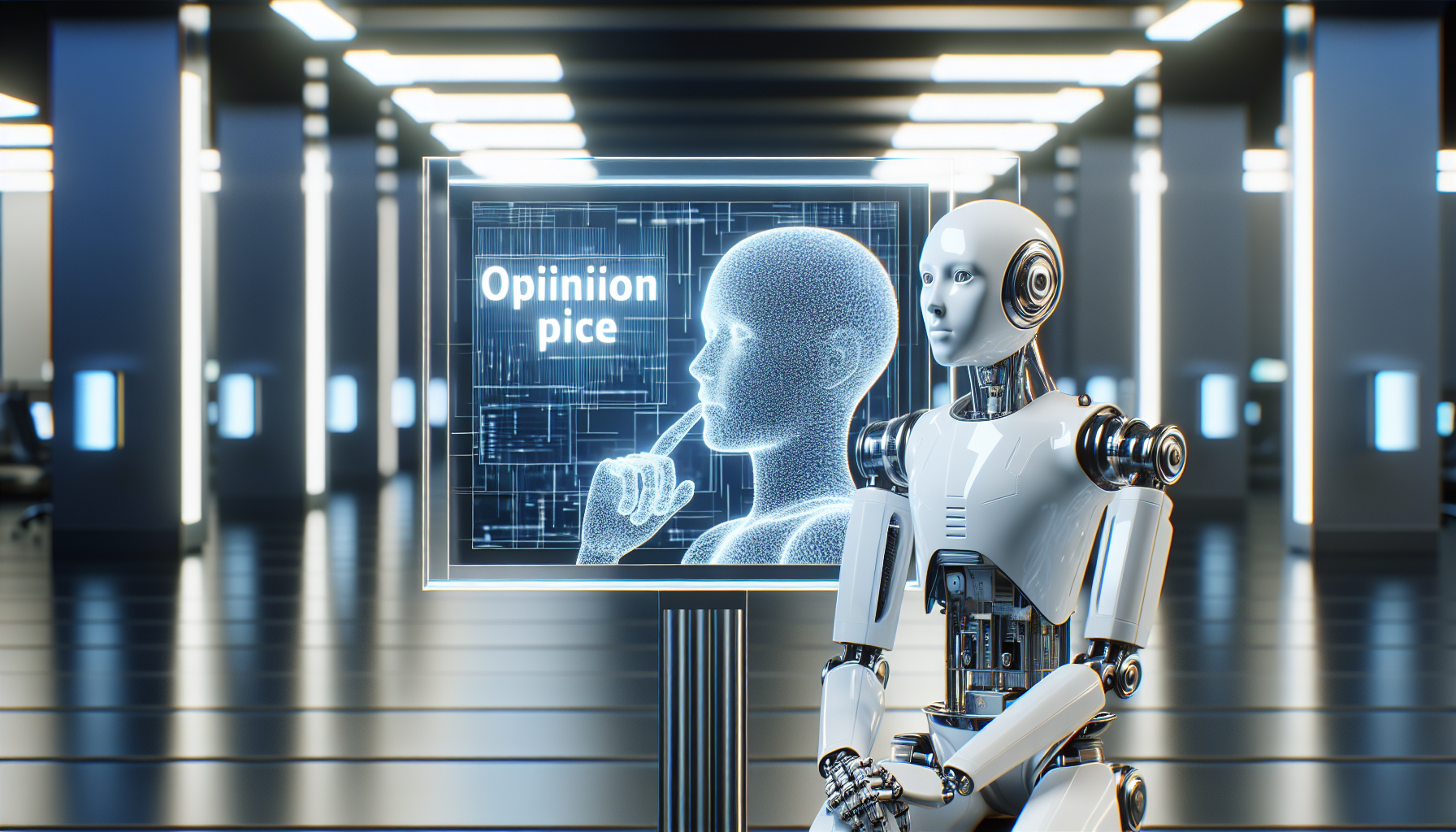
The Role of Artificial Intelligence in Autonomous Vehicles: A Historical Perspective
November 21, 2025
The journey of artificial intelligence (AI) in the realm of autonomous vehicles presents a fascinating tapestry woven with innovation, ambition, and technological evolution. This narrative begins long before the advent of modern AI, rooted in the aspirations of visionaries who imagined a world where vehicles could navigate without human intervention. Understanding this historical context not only illuminates the path AI has carved for itself but also underscores the profound impact it has had on the development of self-driving cars.
In the early conceptual stages of autonomous vehicles, the focus was predominantly on mechanical and rudimentary electronic systems. Engineers and researchers aimed to create cars that could respond to basic environmental stimuli, such as stopping at obstacles or following simple pre-determined paths. The technology of the time was limited, and the notion of a truly autonomous vehicle seemed more a figment of science fiction than a viable future reality.
The introduction of AI into this field marked a significant departure from these early efforts. AI offered the promise of vehicles capable of complex decision-making, learning from their surroundings, and adapting to new situations. This potential was first harnessed through the development of algorithms designed to mimic human cognitive processes, allowing machines to interpret and respond to dynamic environments in real-time.
One of the pivotal moments in this historical journey was the exploration of neural networks and machine learning techniques. These innovations enabled vehicles to process vast amounts of data, such as visual inputs from cameras and signals from radar or LIDAR systems. By simulating neural pathways similar to those in the human brain, AI systems began to exhibit remarkable capabilities in pattern recognition and decision-making, crucial for navigating complex road scenarios.
The role of AI in autonomous vehicles further evolved with the advent of deep learning. This subset of machine learning leverages multi-layered neural networks to perform tasks with a high degree of accuracy, surpassing traditional algorithms in recognizing objects and predicting outcomes based on incomplete information. Deep learning models have become instrumental in the development of sophisticated driver-assistance systems, gradually transitioning from simple lane-keeping aids to fully autonomous driving solutions.
Yet, the historical narrative of AI in autonomous vehicles is not solely a tale of technological triumphs. It also encompasses challenges and setbacks that have shaped the current landscape. Issues related to safety, ethical considerations, and regulatory frameworks have emerged as significant hurdles. The technology's rapid advancement often outpaces the establishment of guidelines and standards necessary to ensure public safety and acceptance.
Moreover, the societal implications of autonomous vehicles driven by AI have sparked considerable debate. Questions regarding job displacement in driving sectors, data privacy, and the moral responsibilities of AI decision-making continue to provoke discussion. These concerns are not mere footnotes in the historical account but integral components that influence the ongoing development and deployment of autonomous technologies.
Despite these challenges, the historical perspective on AI's role in autonomous vehicles is also a testament to human ingenuity and perseverance. It reflects the incremental progress made through collaborative efforts between academia, industry, and governments. As AI systems become increasingly sophisticated, they continue to build upon the foundational work of early pioneers, driving us closer to a future where autonomous vehicles are a familiar presence on our roads.
The journey is far from over. As AI continues to advance, so too does its potential to redefine transportation. The historical narrative serves as a reminder of how far we have come and how much further we can go. It invites us to reflect on the possibilities that lie ahead: How will AI shape the future of mobility, and what new paradigms will it introduce in our everyday lives? As we stand on the threshold of this transformative era, the questions we explore today will undoubtedly shape the trajectory of AI in the years to come.


